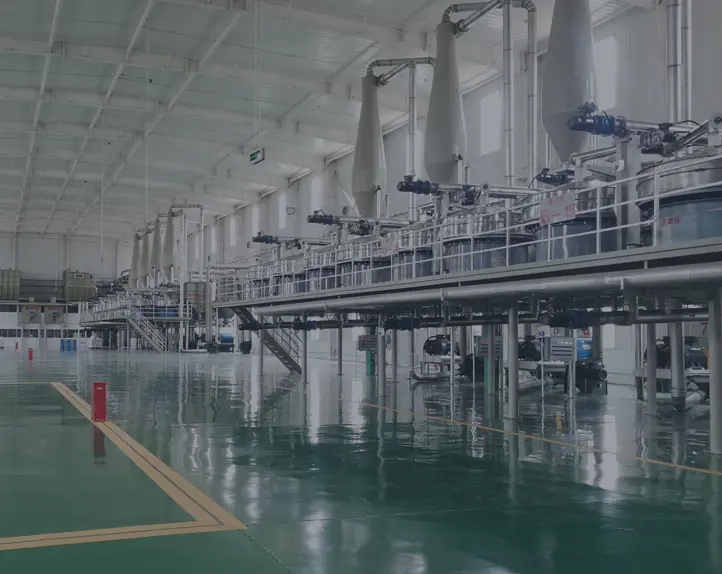
авг. . 06, 2024 15:26 Back to list
Exploring Innovative Approaches in Construction Management and High-Performance Material Components
The Role of HPMC in Modern Construction
Hydroxypropyl Methylcellulose (HPMC) is a versatile polymer that has found extensive applications in the construction industry. This non-ionic cellulose ether not only enhances the performance of various construction materials but also contributes to sustainable building practices. As the construction sector continues to evolve, the importance of HPMC is becoming increasingly evident.
What is HPMC?
HPMC is a modified cellulose derivative, produced through the chemical modification of natural cellulose. It appears as a white or off-white powder and is water-soluble, forming a gel-like substance when mixed with water. Its unique properties, such as thickening, binding, and film-forming capabilities, make HPMC an essential adjuvant in many construction materials.
Applications of HPMC in Construction
1. Cement and Mortars One of the primary applications of HPMC is in cement and mortar formulations. It serves as a water-retention agent, which helps to maintain moisture in the mix during the curing process. This property is crucial in ensuring that cement achieves its desired strength and durability. HPMC allows for extended working time, enabling contractors to manage complex applications without compromising quality.
2. Tile Adhesives In the production of tile adhesives, HPMC plays a significant role. It increases the adhesive's viscosity and workability, making it easier to apply. Furthermore, HPMC helps improve the initial grab of the adhesive, ensuring that tiles remain in place during installation. Its water-retention qualities help prevent tile sagging and ensure strong adhesion over time.
3. Plastering Compounds HPMC is often added to plaster compounds to enhance spreadability and adhesion. It increases the plasticity of the mixture, allowing for smoother application and finishing. This results in a more uniform surface and a significantly improved final appearance, which is crucial in high-quality construction projects.
construction hpmc

4. Self-Leveling Compounds For applications requiring self-leveling compounds, HPMC is indispensable. It enhances flow properties, allowing these mixtures to spread evenly across surfaces without additional manipulation. This self-leveling capability is essential in flooring systems, where a flat surface is necessary for both aesthetics and function.
Sustainability and Environmental Considerations
Given the increasing focus on sustainable construction practices, HPMC stands out due to its eco-friendly attributes. As a plant-derived product, it contributes to reducing the reliance on synthetic chemicals in construction materials. Moreover, its use can lead to improved energy efficiency in buildings, as well-prepared materials often exhibit better insulation and thermal performance.
Challenges and Future Perspectives
Despite its advantages, the use of HPMC can present challenges. Factors such as the variability in its properties based on the manufacturing process can affect performance in construction applications. Additionally, the sourcing of cellulose can have environmental implications if not managed sustainably. Therefore, ongoing research and development in the production of HPMC, focusing on sustainability and consistency, is essential.
The push for innovative materials in the construction sector presents opportunities for HPMC. With the rise of green building certifications and eco-friendly construction practices, HPMC can be a key component in developing materials that meet modern sustainability standards.
Conclusion
In conclusion, Hydroxypropyl Methylcellulose is a vital component in modern construction materials, enhancing performance and sustainability. Its wide-ranging applications— from cement and mortars to tile adhesives— showcase its versatility and effectiveness. As the industry continues to advance, the role of HPMC will likely grow, paving the way for a more efficient and sustainable construction future. The ongoing exploration of HPMC’s potential will contribute to constructing buildings that are not only functional but also environmentally responsible.
-
tile-bonding-additives-for-stronger-bonds
NewsAug.22,2025
-
construction-grade-rdp-for-wholesale-needs
NewsAug.22,2025
-
trusted-wholesale-hec-partners
NewsAug.22,2025
-
hec-solutions-for-industrial-excellence
NewsAug.22,2025
-
construction-additives-need-hpmc-essentials
NewsAug.22,2025
-
hpmc-versatile-cellulose-ether-for-industries
NewsAug.22,2025







